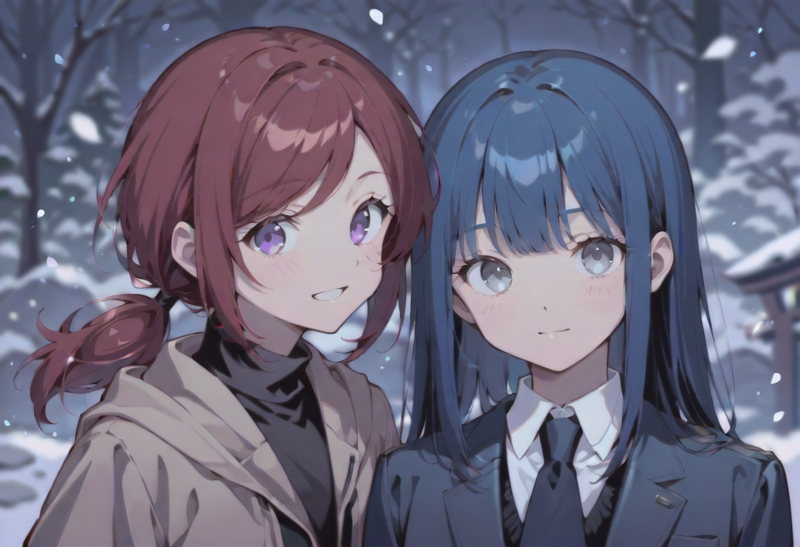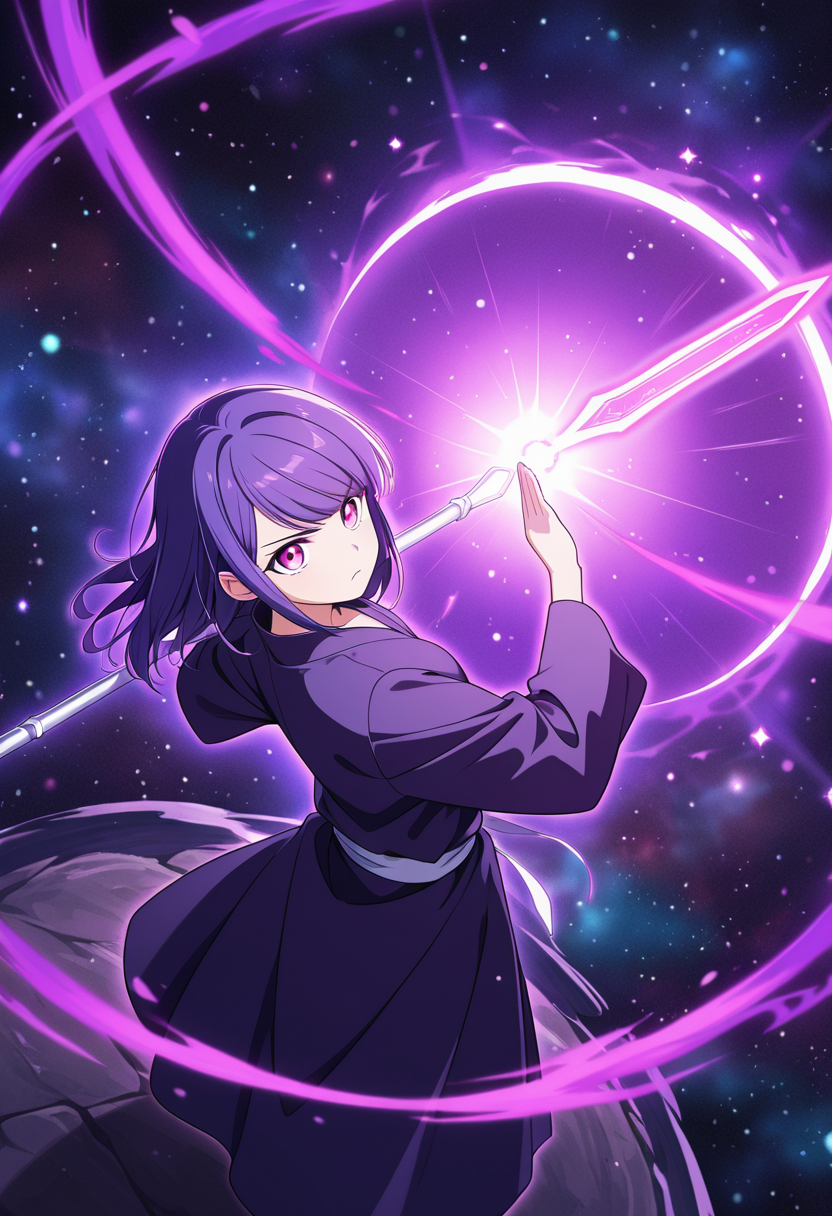So, I've been making AI images for a few years now, and posting on this site for a few months. I have picked up a few tricks that I haven't heard many people talking about or using.
I want to go through some of the stuff I have learnt to see what people can come up with using it.
1-Prompt editing:
This technique isn't anything new or innovative, and quite a few people knew about it during the early days. But it seems that as time goes by people forget this exist.
What it prompt editing, you might ask? It's a technique that lets you edit the prompt mid generation. You can tell the model to generate something until x steps, after x steps, in between steps, etc.
This is how you use prompt editing:
[tag1:tag2:step] = This will change from using tag1 to using tag2 at the chosen step in generation.
[tag:step] = This tag will be introduced at the chosen step
[tag::step] = The tag will only be used until the chosen step
Imagine you want to generate a character inside a room. Usually, most models will make the character and the room all at once, and because the focus generally is on the character, the room might not get that much detail.
Meanwhile, If you tell the model to first generate the room and then start generating the character, the room will take a much more important place in the final product.
Here's an image without prompt editing:
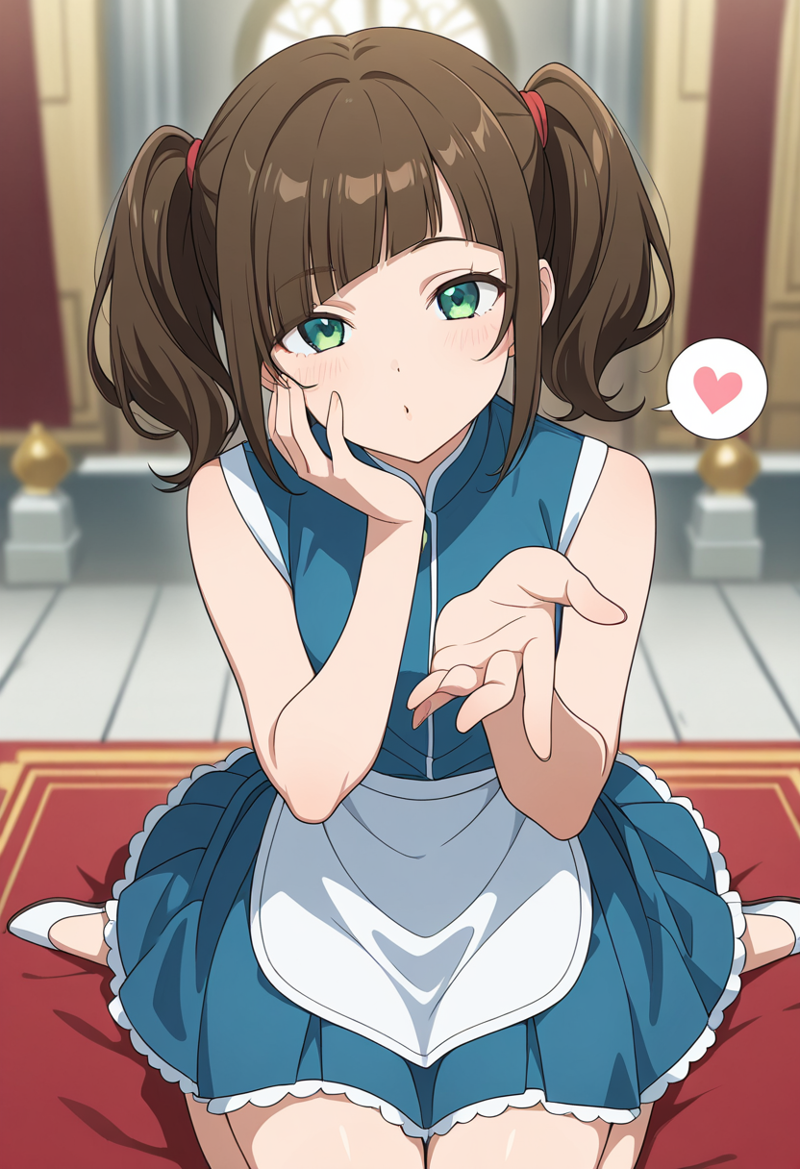
Same seed, but with the character related tags generated just 3 steps later:
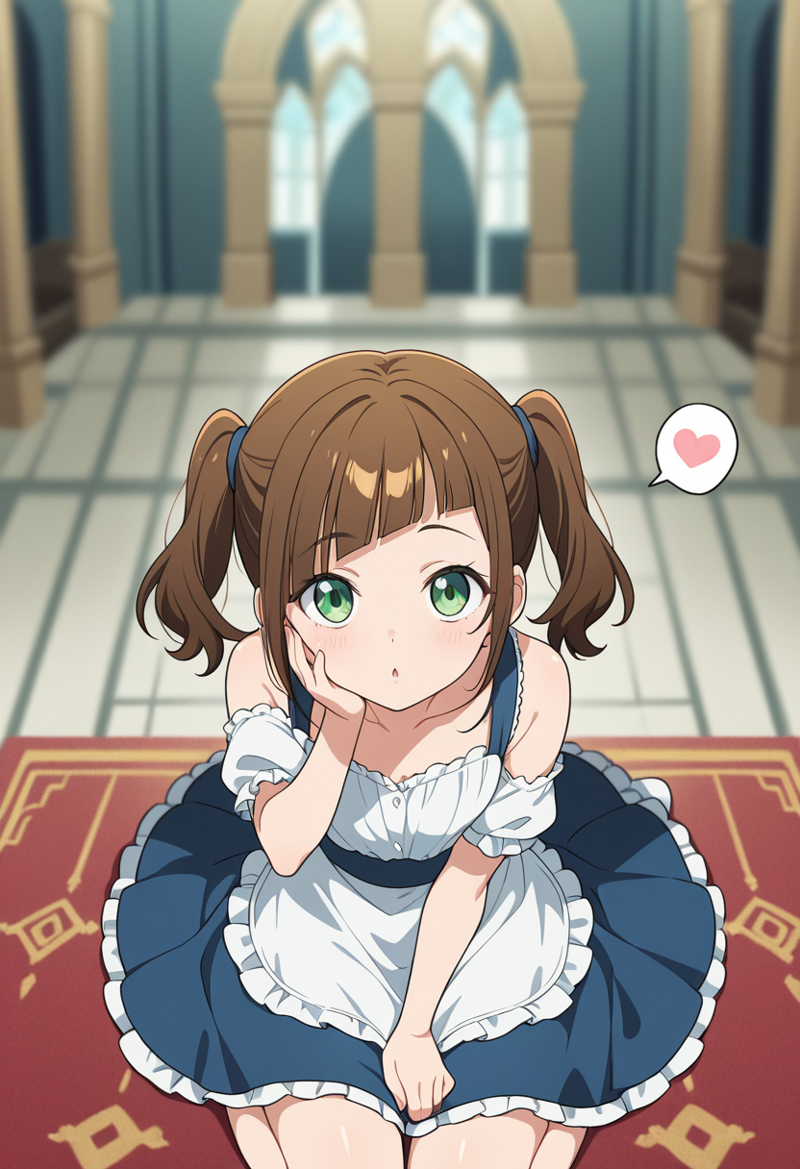
As you can see, the difference is quite noticeable in the composition. The first image is all about the character. While the 2nd, the character is still the main piece of the image, but the focus is split with the background.
You can also use promp editing to change one keyword for another mid generation. Maybe you want to start with one concept, but then warp it into another one before it can generate properly, effectively giving you a mix between the two.
Heres a dress that starts generating as red, but then becomes blue 4 steps in:
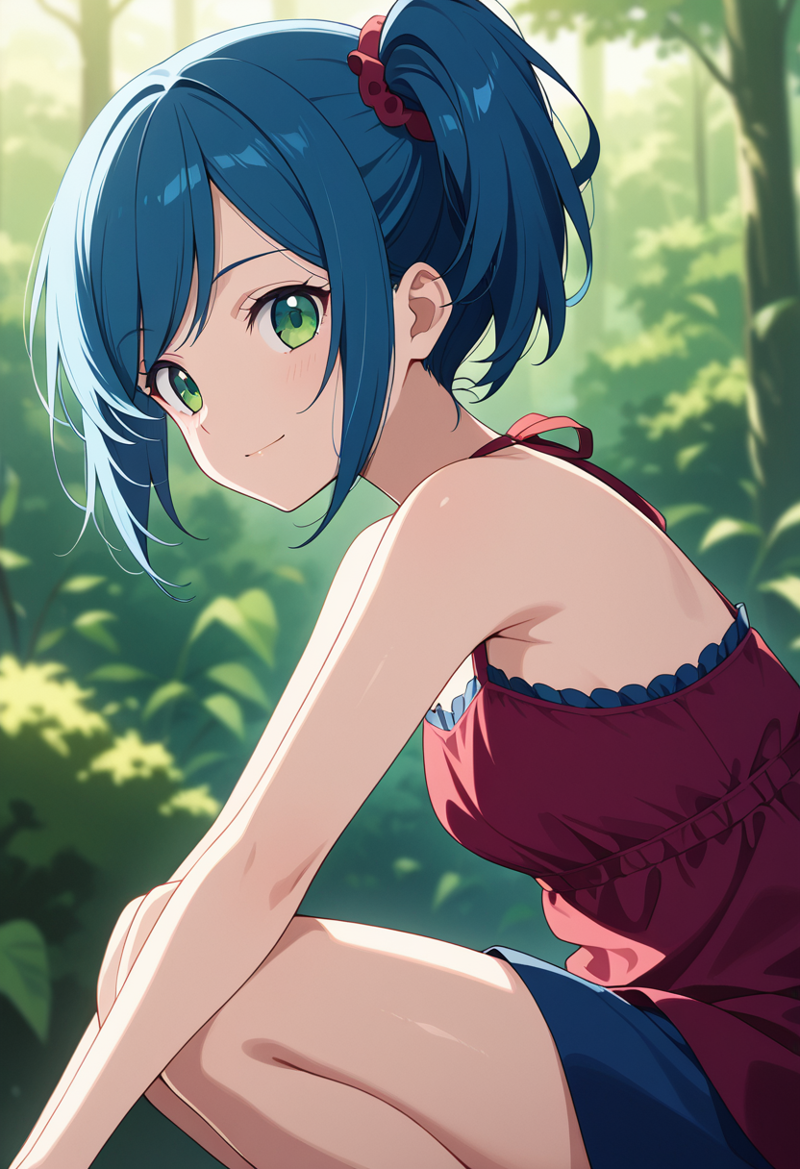
There's a million use cases for prompt editing, so go wild with it. Fusing characters, clothes, poses, colors, changing composition, and a bunch of other stuff that would take waay more than a single article to explore.
2-Dynamic prompts
One thing you'll notice about novice prompters is that they'll end up making the same character again and again while making images. Maybe they use the same pose all the time, or they have simple or similar backgrounds on all their images.
Let's be real, If you're making hundreds of images, you aren't manually changing every little detail of them manually, and that's were Dynamic prompts can help you a lot. They allow you to randomize you prompts, giving them more variety, while still giving you some control over them.
I'll take this chance to shamelessly self promote my own dynamic prompts wildcards: https://civitai.com/models/1266197/liviel-wildcards-for-anime-women
But you can use whatever you want, and are even encouraged to learn how to make your own, which is actually quite easy.
Using them is quite simple most of the time. You only have to put __name of wildcard__ on your prompts.
if you want to see examples of how much variety you can get, you're welcome to check my profile, as I use wildcards in nearly all of my images. (Yes, this is also another shameless self promotion)
3- Coupling
Sd forge couple is a pretty nifty extension that's extremely useful for when you want to generate multiple different characters in one single image. It let's you divide an image into multiple parts, and assign a prompt to each of those parts, while also letting you assign common prompts to give it coheseion.
link: https://github.com/Haoming02/sd-forge-couple
Here's an example:
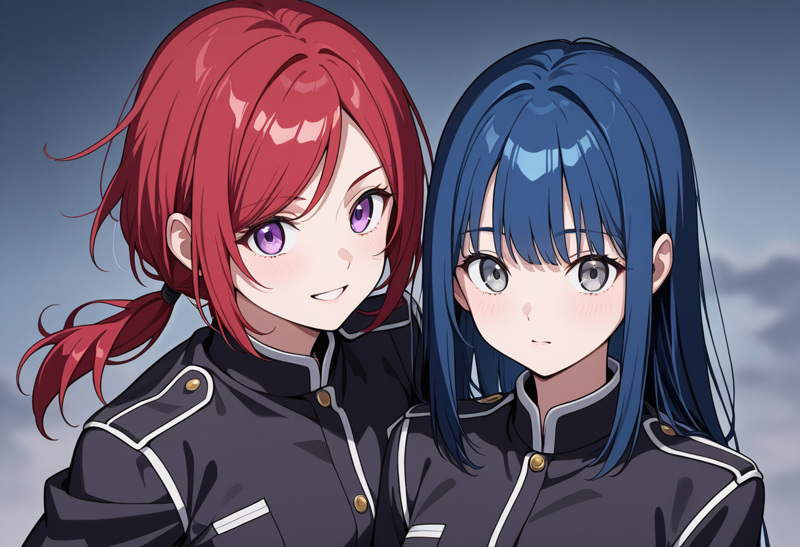
As you can see, there's little to no bleeding between the character colors and hairstyles. It can have issues if your characters are overlaping with each other, but works in most cases nontheless.
4-Dynamic CFG
I will say this, I'm not the most experienced with this one, but every once in a while I will try it on a new model/lora, and it will give incredible results. It also will create entirely new style with enough experimentation.
Dynamic CFG allows you to get the benefits of high CFG, without losing visual quality, something generally expected from higher CFG levels.
It can seem daunting a first because there's a lot of parameters to play with, but once you find the right config it becomes an etremely powerful tool.
Here's the exact same prompt as the one used for Couple, but also using dynamic CFG, with a CFG of 30 (original was 3).
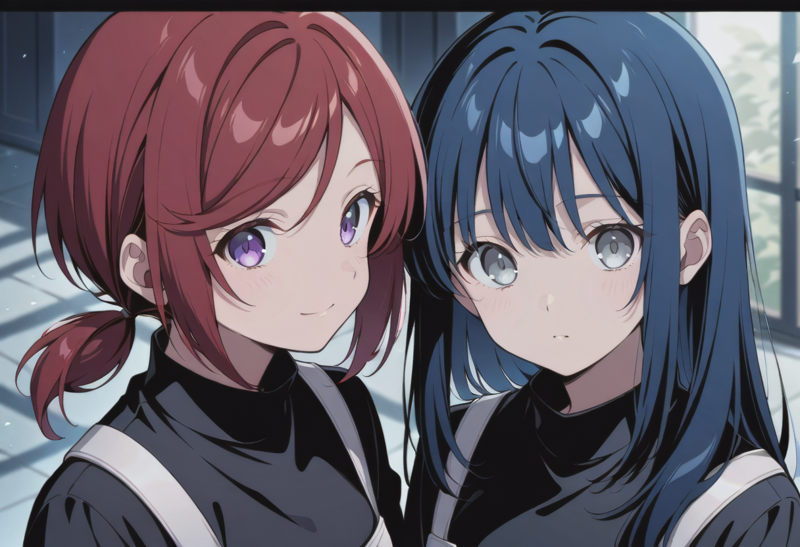
As you can see, It pretty much looks like an actual anime screencap, which is something I was looking for.
For the curious, the settings are (Using dynamic tresholding in forge):
mimic scale = 20, percentile = 1, mimic mode = half cosine down, mimic scale min = 3
cfg mode = half cosine down, cfg scale min = 3, sched val = 1, everything else at default values.
Play around with those values and see how it goes.
Here's the same prompt but different cfg (100) and configuration
